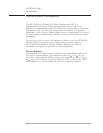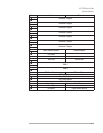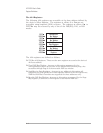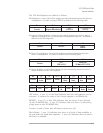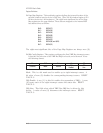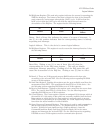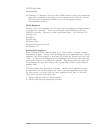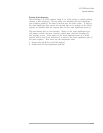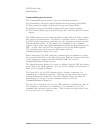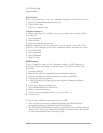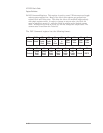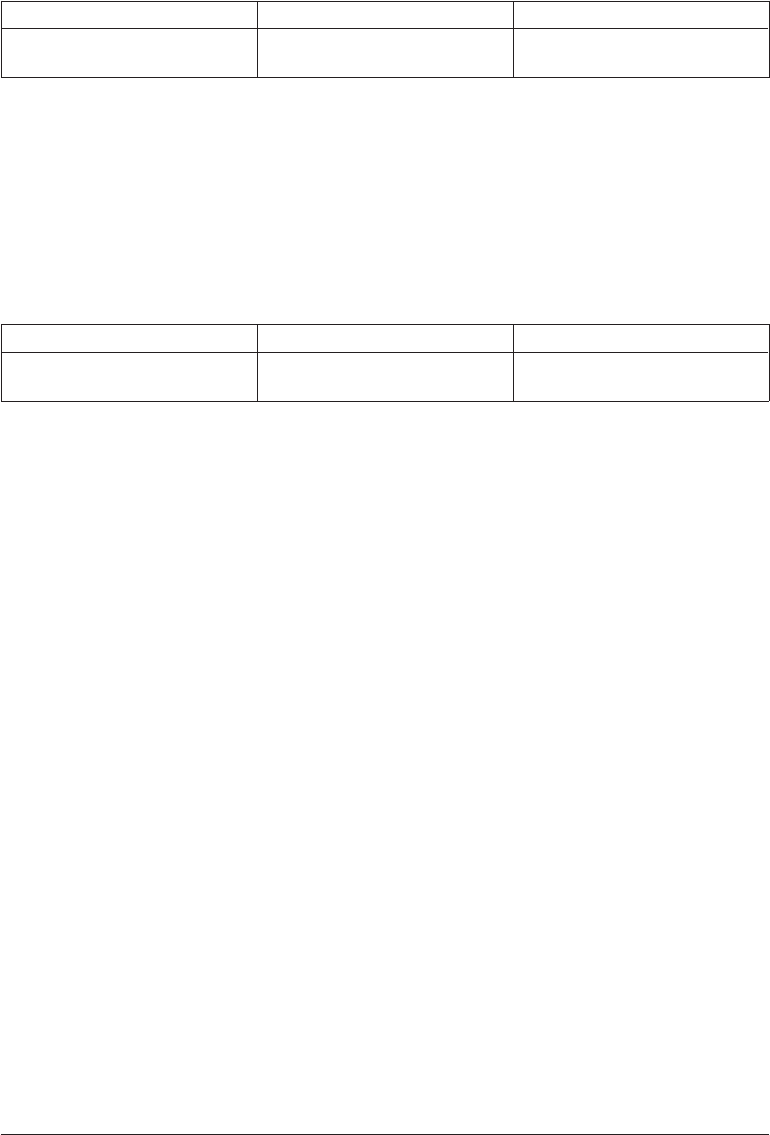
q IRQ Status Register: This read-only register indicates the reason for asserting the
VME Bus interrupt. The format of the data is identical to that of the Status/ID
word returned by an interrupt acknowledge (IACK) cycle. It differs from the
IACK cycle in that the IACK cycle will clear the status bits and cause the
de-assertion of the IRQ line. The register has the following format:
Bit 15-8 7-0
Contents Status
Logical
Address
Status: Each of these bits indicates the status of a cause of interrupt. A
one (1) in a bit position indicates that the corresponding source is actively
requesting and interrupt.
Logical Address: This is the device’s current logical address.
q IRQ Reset Register: This register is used to resent the interrupt function. It has
the following format:
Bit 15-8 7-0
Contents
Reset
Bits
Unused
Reset Bits: Writing a one (1) to any of these bits will clear the
corresponding bit in the IRQ status register . This will not disable
subsequent interrupt generation. Clearing all of the IRQ status bits will
cause the de-assertion of the IRQ line. Writing a zero (0) has no effect.
q Ram 0-1: These are 32-bit general purpose RAM locations which are also
accessible to the on-board DSP. See the following section regarding D16/D08
access of 32-bit registers.
q Send Data Register: Reading this register gets the next available word from the
measurement data FIFO. The measurement data FIFO is a 32-bit device. See
the following section regarding D16/D08 access of 32-bit registers.
q Receive Data Register: Writing to this register puts a word into the source data
FIFO. The source data FIFO is a 32-bit device. See the following section
regarding D16/D08 access of 32-bit registers.
q Count Register: The Count register contains an unsigned 16-bit integer which is
the number of 16-bit words of data which are currently available from the Send
Data register or which the Receive Data register is currently ready to accept.
While a device is generating or accepting data, the Count register may indicate
fewer than the actual number of words available.
q Query Response/Command Register: This register is used to send commands to
and receive responses from the device. It is implemented as a 32-bit RAM
location. Writing the least significant byte (highest address) clears the
Command/Parameter Ready and Query Response Ready bits in the status
register and interrupts the on-board DSP. See the following section regarding
D16/D08 access of 32-bit registers and the communication protocol.
HP E1432A User's Guide
Register Definitions
A-9




